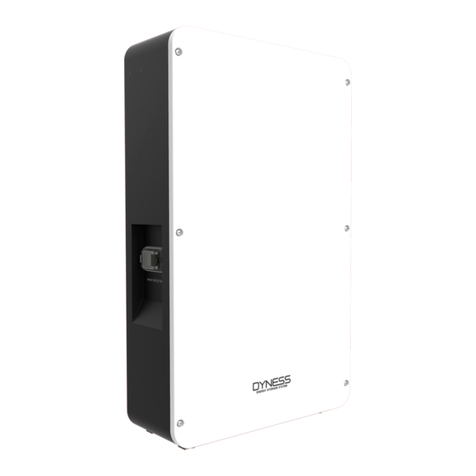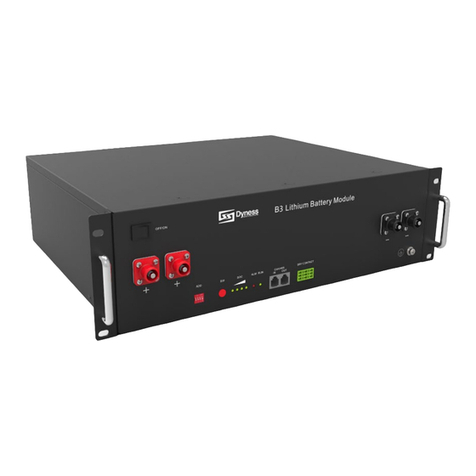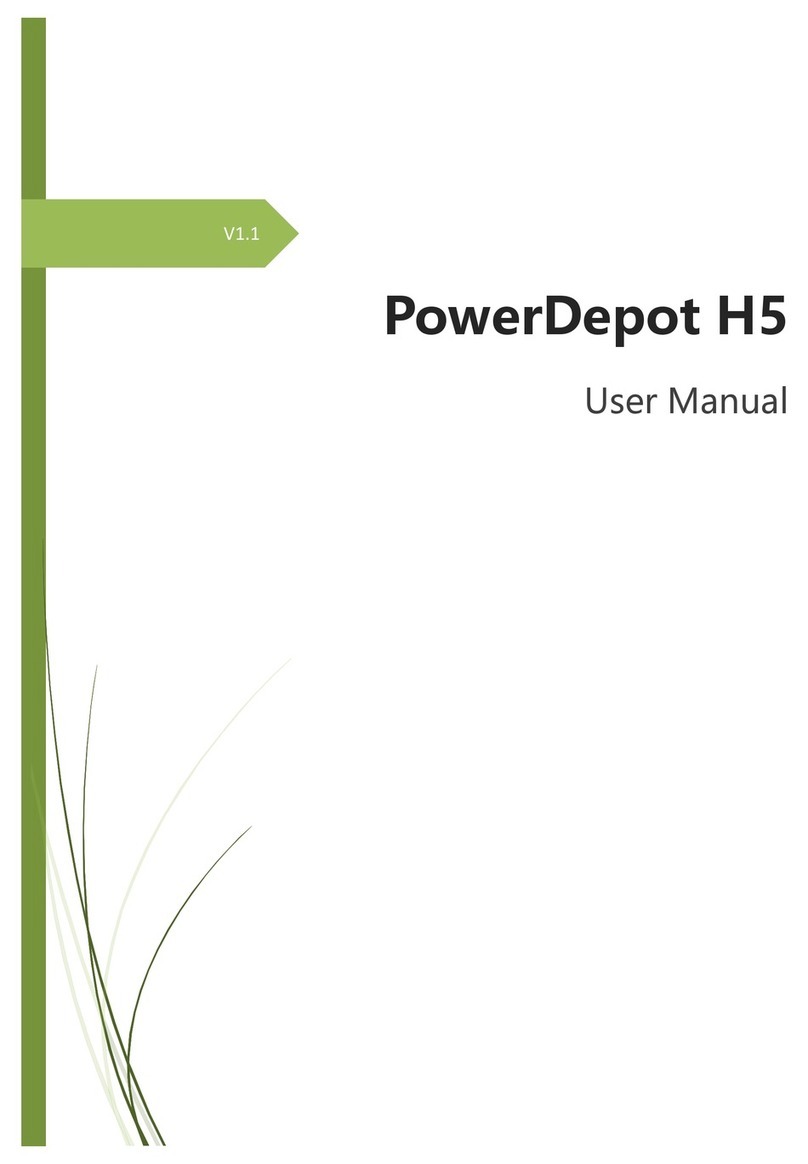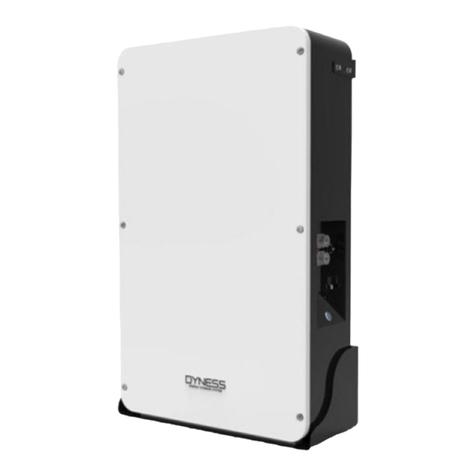
POWERCUBE User Manual
Safety Precautions and maintenance instructions
Warning
Please do not put the battery into water or fire, in case of explosion or any other
situation that might endanger your life.
Please connect wires properly while installation, do not reverse connect.
To avoid short circuit, please do not connect positive and negative poles with
conductor (Wires for instance).
Please do not stab, hit, trample or strike the battery in any other way.
Please shut off the power completely when removing the device or reconnecting wires
during the daily use or it could cause the danger of electric shock.
Please use dry powder extinguisher to put out the flame when encountering a fire
hazard, liquid extinguisher could result in the risk of secondary disaster.
For your safety, please do not arbitrarily dismantle any component in any
circumstances unless a specialist or an authorized one from our company, device
breakdown due to improper operation will not be covered under warranty.
Caution
We have strict inspection to ensure the quality when products are shipped out,
however, please contact us if case bulging or another abnormal phenomenon.
For your safety, device shall be ground connected properly before normal use.
To assure the proper use please make sure parameters among the relevant device are
compatible.
Please do not mixed-use batteries from different manufacturers, different types and
models, as well as old and new together.
Ambient and storage method could impact the life span and product reliability, please
consider the operation environment abundantly to make sure device works in proper
condition.
For long-term storage, the battery should be recharged once every 6 months, and the
amount of electric charge shall exceed 80% of the rated capacity.
Please charge the battery in 18 hours after it discharges fully and starts over-discharging
protection.
Formula of theoretical standby time: T=C/I (T is standby time, C is battery capacity, I is
total current of all loads).
The product is affixed with a torn invalid label before leaving the factory. If anyone
need to open the cover to operate, such as set DIP mode, expand the capacity or
other operations that won’t harm the product, customer needs to contact DYNESS
and inform the product ID. DYNESS will record the case, confirm the operation can be
operated and will authorize. After the authorization, only professionals are allowed to


































